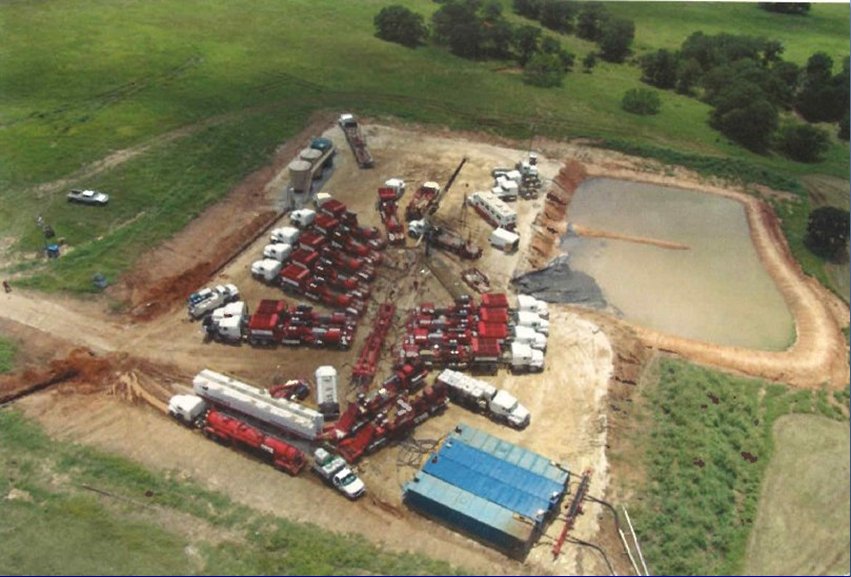The Texas Supreme Court issued two important condemnation cases on the last day of its term, both reversing judgments after jury trials in condemnation suits.
In City of Austin v. Harry M. Whittington, the court resolved the Whittington’s ten-year battle with the City over condemnation of a city block adjacent to the City’s convention center. The jury found that the City’s determination that its condemnation of the property was for a “public use” was fraudulent, in bad faith, and arbitrary and capricious. The Court said that “the Whittingtons do not dispute the underlying facts on these issues; rather, they dispute the legal effect of those facts (e.g., whether those facts amount to fraud, bad faith, or arbitrariness and capriciousness). Because these issues are legal questions, we review them de novo.” In other words, the Court held that it was not bound to support the jury’s verdict, but could look at the evidence and decide for itself. It decided that the evidence did not show that the City was guilty of fraud, bad faith, or arbitrary or capricious behavior. The City condemned the block for a private developer to build a parking garage for the convention center. Two Justices dissented. (My firm represented the Whittingtons in this case.)
In Enbridge Pipelines (East Texas) L.P. v. Avinger Timber, the jury awarded Avinger $20,955,000 for Enbridge’s condemnation of a site owned by Avinger on which a gas processing plant was located. The site was subject to a long-term lease that expired, and when the parties were unable to agree on terms for extension of the lease, Enbridge sued to condemn the property. The issue on appeal was whether the testimony of the valuation experts for Enbridge and Avinger was admissible. The Court held that both experts’ testimony was inadmissible and remanded the case to the trial court for a new trial. The Court held that the landowner’s appraiser violated the “value-to-the-taker” rule–meaning that he impermissibly took into account the unique value of the land to the condemning gas processing company (as opposed to considering the value to a hypothetical willing buyer, as the law requires). In particular, the appraiser had taken into account the cost to the company of removing the plant on the land if it were sold; the Court held that the appraiser should not have factored in those costs because that was a cost unique to the condemnor and not one that impacted the value of the land to a potential buyer.




